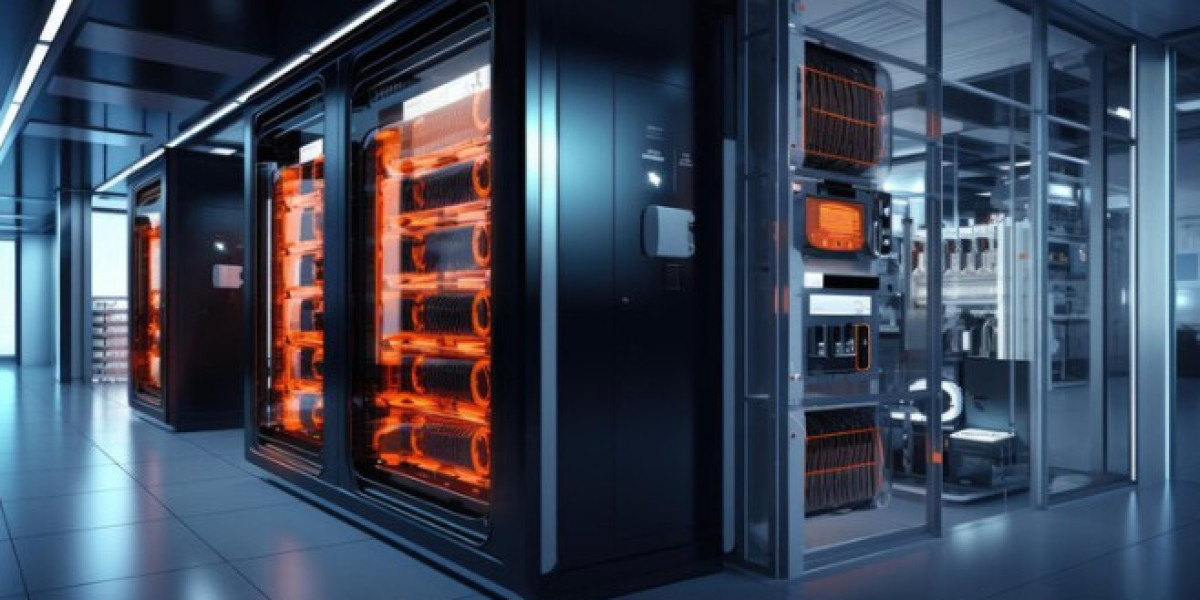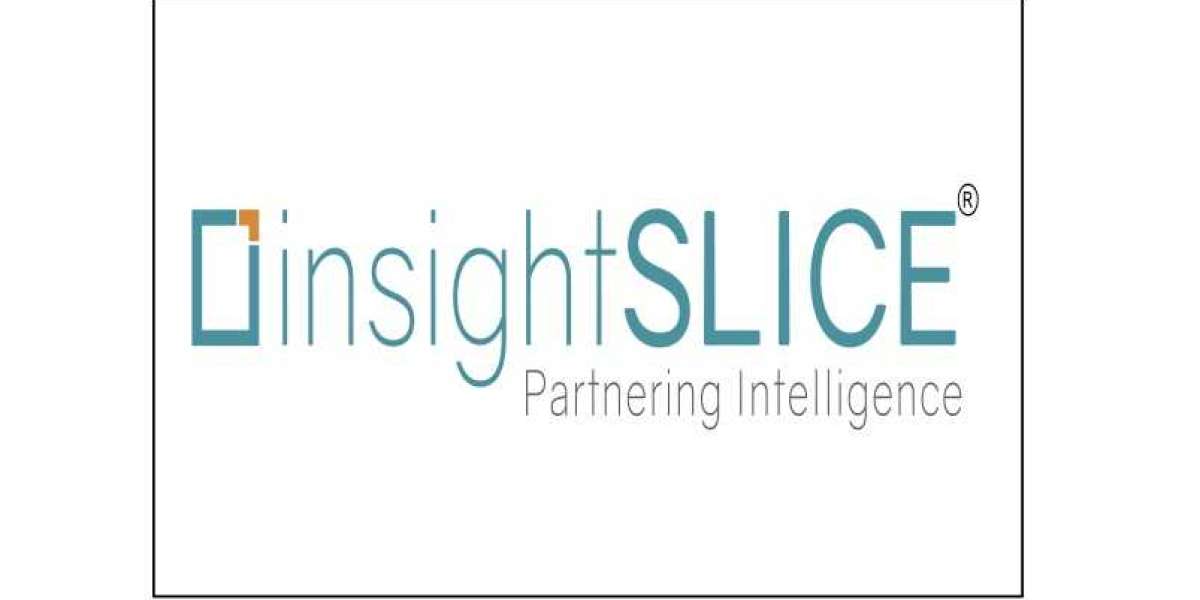In the whirlwind of digital transformation, data has become the lifeblood of organizations, big and small. The challenge is not just to store this data but also to access, manage, and safeguard it. Network-Attached Storage, or NAS, stands as a pillar in modern data management, offering organizations and individuals the flexibility and performance needed to handle their burgeoning data demands.
This comprehensive guide is designed to demystify the world of NAS storage, from the ground up. Whether you're an IT professional seeking to enhance your knowledge, a small business owner looking to optimize your data storage, or a tech enthusiast intrigued by the nuts and bolts of NAS, this post will provide valuable insights into NAS storage from its core concepts to real-world applications.
Introduction to NAS Storage
Understanding NAS storage is the first step towards leveraging its immense capabilities in managing data effectively. But exactly what is NAS storage?
At its essence, NAS is a storage system that provides shared, high-capacity storage to multiple clients over a computer network. Unlike direct-attached storage (DAS), which is an extension to the server it's attached to, NAS operates across a network, making it accessible to any device on that network.
- Significance of NAS in Data Management
The significance of NAS cannot be overstated, particularly in the age of Big Data. It serves as a centralized repository that simplifies data sharing, streamlines backups, and enables collaborative work by allowing multiple users to access shared files simultaneously.
- How NAS Differs from Traditional Storage?
Traditional storage arrays are often complex and expensive, designed for large-scale enterprise use. In contrast, NAS systems are relatively easy to manage and more affordable, making them ideal for SMBs and personal use. The network-centric approach of NAS also means it is more platform-agnostic, accommodating users across different operating systems.
Understanding NAS Storage Fundamentals
To fully grasp NAS, you must understand its core components and the fundamentals that drive its operation.
- Hardware and Software Components
The heart of a NAS storage system is, of course, the hardware. This includes the physical device itself, which hosts hard drives and solid-state drives (SSDs). On the software side, the operating system (OS) that powers the NAS is specifically designed for file-level access over a network.
- The Role of RAID
The Redundant Array of Independent Disks (RAID) plays a critical role in any NAS system. RAID configurations provide a balance between performance, capacity, and data redundancy, ensuring that even in the face of hardware failure, data remains intact and accessible.
Choosing the Right NAS for Your Needs
Selecting a NAS device is not a one-size-fits-all endeavor. The device you choose must align with your specific storage requirements and use case scenarios.
- Factors to Consider
When hunting for a NAS, you should consider factors such as storage capacity, speed (in terms of network interface and internal disk performance), and scalability. It's crucial to future-proof your purchase by overestimating current needs and anticipating growth.
Setting Up and Configuring Your NAS
Purchasing a NAS is only the beginning; setting it up correctly is key to reaping its benefits.
- Step-by-Step Setup Guide
We'll guide you through the initial setup process, including connecting your NAS to a network, provisioning storage, and configuring user access rights.
- Best Practices for Configuration
Optimizing your NAS for performance and security requires a thoughtful approach. We'll cover best practices, such as choosing the right RAID level, updating firmware, and implementing access control lists (ACLs).
NAS Storage in Action
The real value of NAS is evident when it's put to use. This section will give you a taste of how NAS powers a diverse range of applications.
- Small Business Solutions
In the small business environment, NAS systems underpin critical operations like data backup, centralized storage for a small office, and even serving as a basic platform for shared applications.
- Enterprise Deployment
Enterprises leverage the scalability and performance of enterprise NAS storage for applications ranging from high-availability data storage to content delivery networks (CDNs) for media and entertainment industries.
Future Trends in NAS Technology
The world of NAS is not static; it evolves in response to technological advances and shifting user demands. This section takes a sneak peek into what's on the horizon for NAS.
- Hardware Advancements
From higher-capacity drives to faster interfaces, the future of NAS hardware promises enhanced performance and efficiency.
- Software Innovations
The software side of NAS is not lagging behind, with intelligent storage management solutions and advancements in data analytics becoming integrated into NAS operating systems.
- Meeting Changing User Needs
The landscape of data storage is constantly changing, and NAS technology must adapt to accommodate cloud integration, remote work environments, and emerging data management challenges.
Conclusion
Mastering the fundamentals of NAS storage is more than just a technical exercise; it's about harnessing the power to manage data effectively, efficiently, and securely. This guide has walked you through the inception of NAS, providing actionable insights for every stage of your NAS storage journey. Now equipped with this knowledge, you can confidently approach NAS not as a mere storage solution, but as a dynamic tool that can propel your data operations to new heights.








